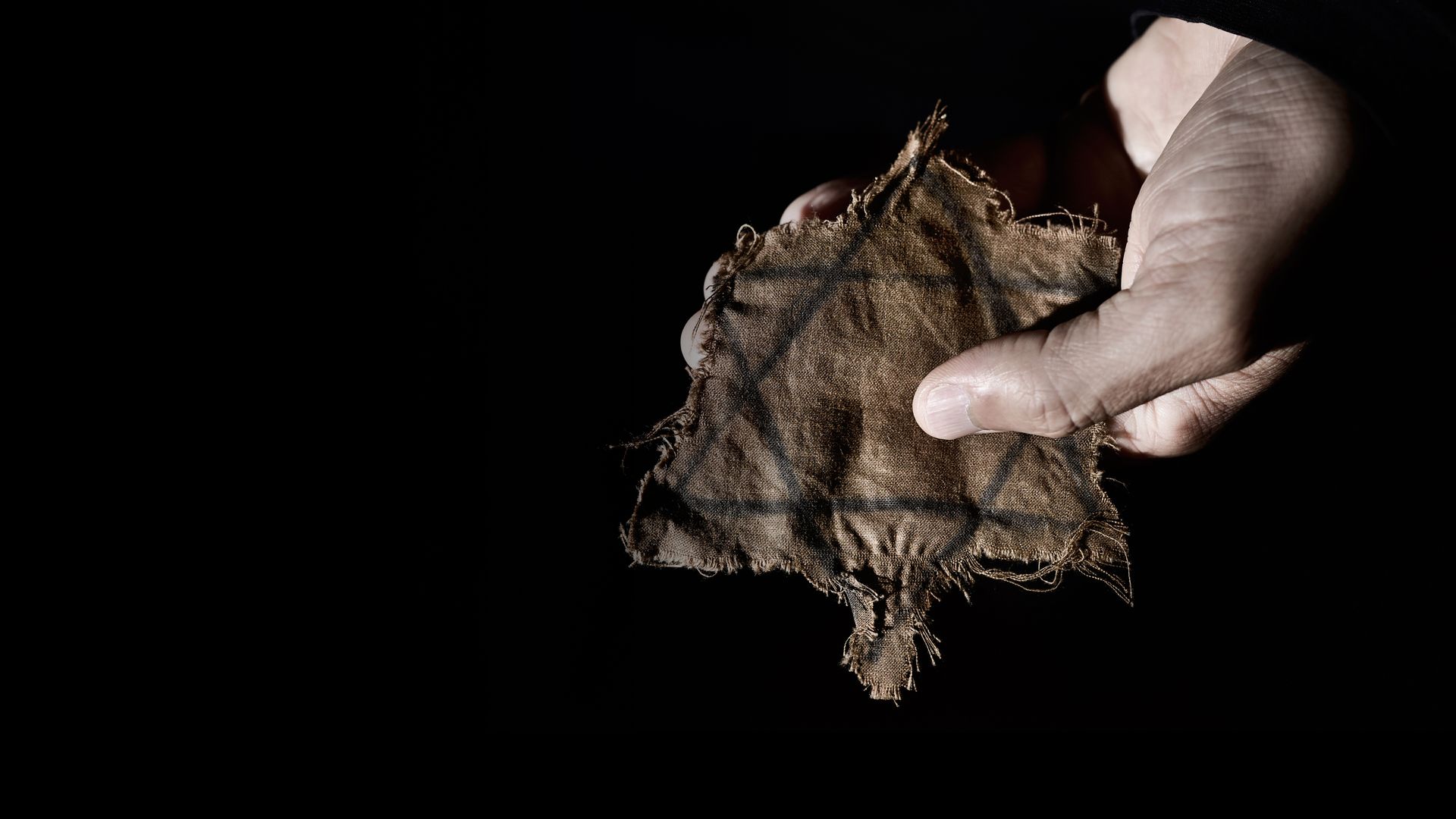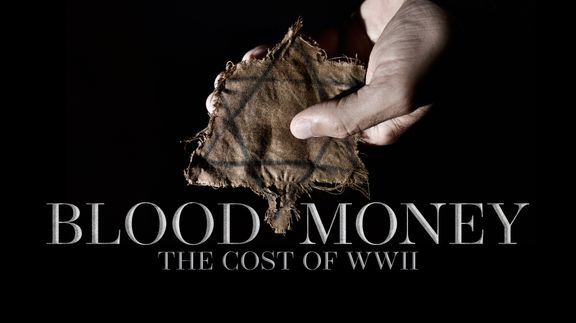

Blood Money: Inside the Nazi Economy
June 1940: Hitler launches tanks and troops across France, Belgium, and Holland. Germany is impoverished, has few raw materials, and no oil or currency. How did the Nazis manage to set off the cataclysm of WWII with such little money and a weak economy? Based on the work of a new generation of French, British and German historians, we take an economic, industrial and financial approach to the Third Reich, exploring the inner workings of the Nazi system through key characters who have been overshadowed by history.
June 1940: Hitler launches tanks and troops across France, Belgium, and Holland. Germany is impoverished, has few raw materials, and no oil or currency. How did the Nazis manage to set off the cataclysm of WWII with such little money and a weak economy? Based on the work of a new generation of French, British and German historians, we take an economic, industrial and financial approach to the Third Reich, exploring the inner workings of the Nazi system through key characters who have been overshadowed by history.
Related Articles
View AllHow Hitler and the Nazis Stole Art (and Profited from the Crime)
Out of 600,000 works of art stolen or looted by the Nazis during WWII, more than 100,000 are still unaccounted for. Nazi collaborators, even in Allied countries, helped the Nazis…
Nazi Data Science: The Dark History that Led to Modern Data Laws
Nazi data scientists provided Hitler statistics about the “undesirables” in the German Volk. For the Reich, mass murder became a big data problem solved with the help of the then…
Nazi Architecture: Hitler’s Grandiose Plans for Imperial Berlin
The Nazi building program, mostly unrealized, reveals the depth of Hitler’s madness. Rebuilding Berlin and planning enormous structures to glorify the German ruler’s ego wrought…